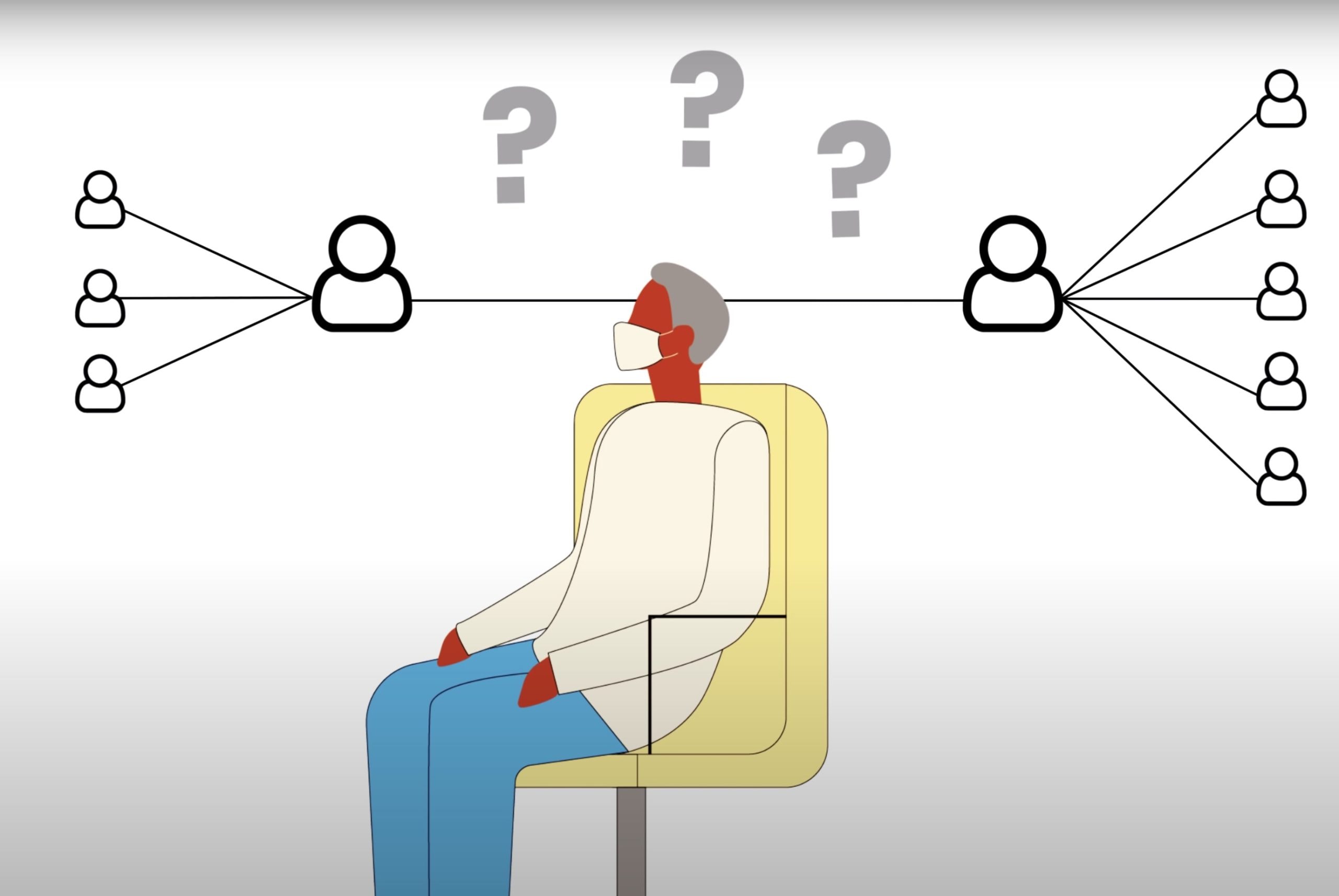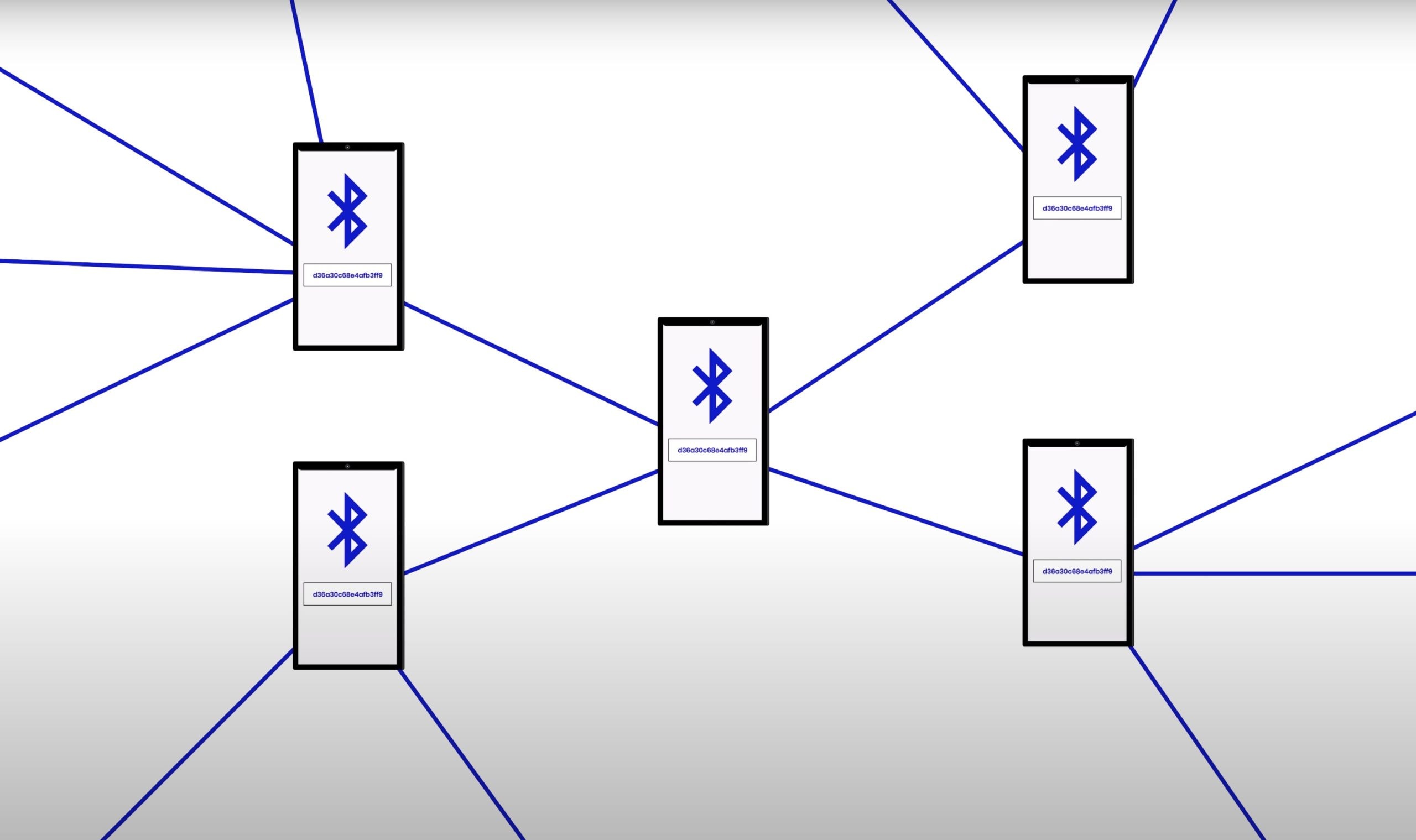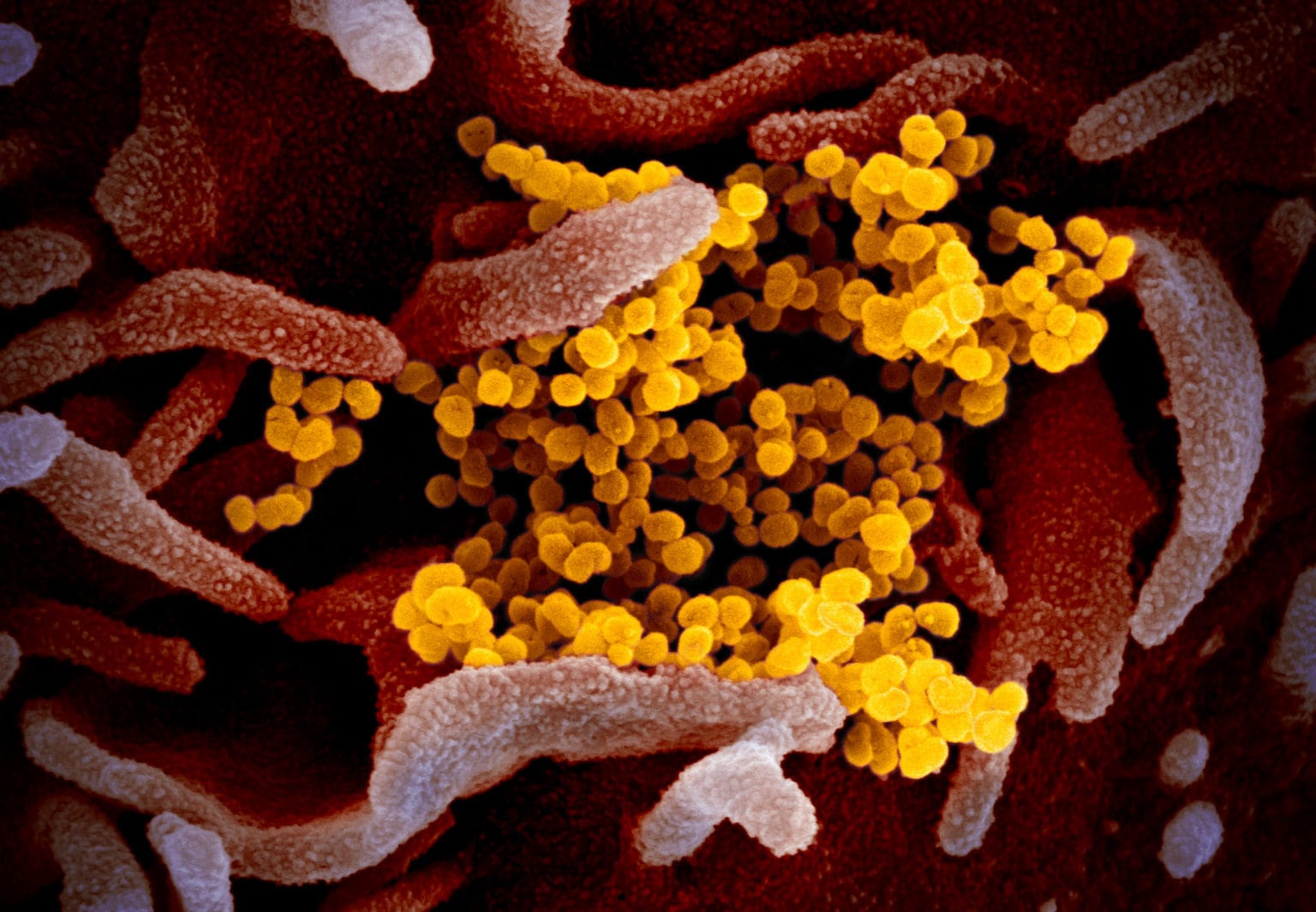Apple and Google revealed Friday that they’re teaming up to take on one of the most colossal tasks in the fight to stop the spread of COVID-19: contact tracing.
If you’re like me, you probably hadn’t heard about contact tracing until the COVID-19 pandemic. However, it’s proven to be an important tool in countries that have seen a drop in their reported cases of the coronavirus.
With a little background, here are the basics of contact tracing and what you need to know.
We’re learning more about COVID-19 and how it spreads nearly every day, but the basics are fairly simple. When someone infected by the coronavirus coughs or sneezes, it sends a barrage of COVID-19 stained droplets into the air and onto surfaces. According to scientists, it can take about three days to be infected by COVID-19. One insidious aspect of COVID-19 is that you can be contagious about two days before you know you have it.
Contact tracing helps scientists follow the movements of infected individuals. Creating a contact tracing project on a global scale is going to be a huge undertaking. It wouldn’t even be possible if Google and Apple didn’t decide to join forces for the common good.
What is contact tracing?

Photo: MIT Lincoln Lab
Because it’s hard to tell who is infected, health officials recommend practicing social distancing. Health workers are also tasked with performing contact tracing for each patient that comes down with COVID-19. Usually, this means someone sits down with a person and tries to retrace everywhere they have been — and everyone they have interacted with — over the past 14 days.
Considering there are nearly half a million confirmed COVID-19 cases in the United States as of Friday, manually tracking the movements of each person, and contacting the people that might have been infected, is impossible. Everyone could volunteer to expose their location data 24/7, but would you trust the government and nefarious third parties with that data? That’s where Google, Apple and your smartphone’s Bluetooth chip come into play.
How does contact tracing with Bluetooth work?

Photo: MIT
Your smartphone constantly broadcasts where it is at using Bluetooth. It basically sends out a random string of numbers and letters that we’ll call “chirps.” These chirps can be completely anonymous. The data contained in them includes where you were and for how long.
Every phone keeps a list of all the chirps you’ve sent. If someone tests positive for COVID-19, their health worker can give them a private passcode to upload their list of chirps to a huge anonymous database. All phones running the contact-tracing app then scan the database constantly to see if their device has encountered a chirp from an infected person within the last 14 days. A COVID-19 exposure alert could then be sent to individuals so they can watch for symptoms sooner and self-quarantine.
Before Apple and Google announced their project, researchers at MIT published a video proposing a very similar program. If you’re familiar with how Tile’s Bluetooth trackers and Apple’s Find My app work, it’s pretty similar. In fact, MIT’s team said Find My inspired their solution.
MIT’s video explains it pretty simply:
When will Google and Apple release their tracers?
Privacy-preserving COVID-19 contact tracing will only be effective if everyone is literally on the same page (or database, actually). It’s not just about making one app, but creating an entire international framework of servers, source code and data exchange. Each country will likely create its own specific app built on the frameworks Google and Apple are making.
Both companies plan to release an API in May that will work on Android and iOS devices. That should cover about 3 billion people on the planet, including the vast majority of U.S. citizens.
A few months later, Apple and Google will bake Bluetooth-based contact tracing right into iOS and Android. The current COVID-19 pandemic is expected to spike sometime this summer (as far as confirmed cases go). However, some health experts worry that a second wave of the outbreak could hit in the fall. The work Apple and Google are doing now could prove incredibly useful in the future and might help thwart a pandemic that’s worse than COVID-19.


